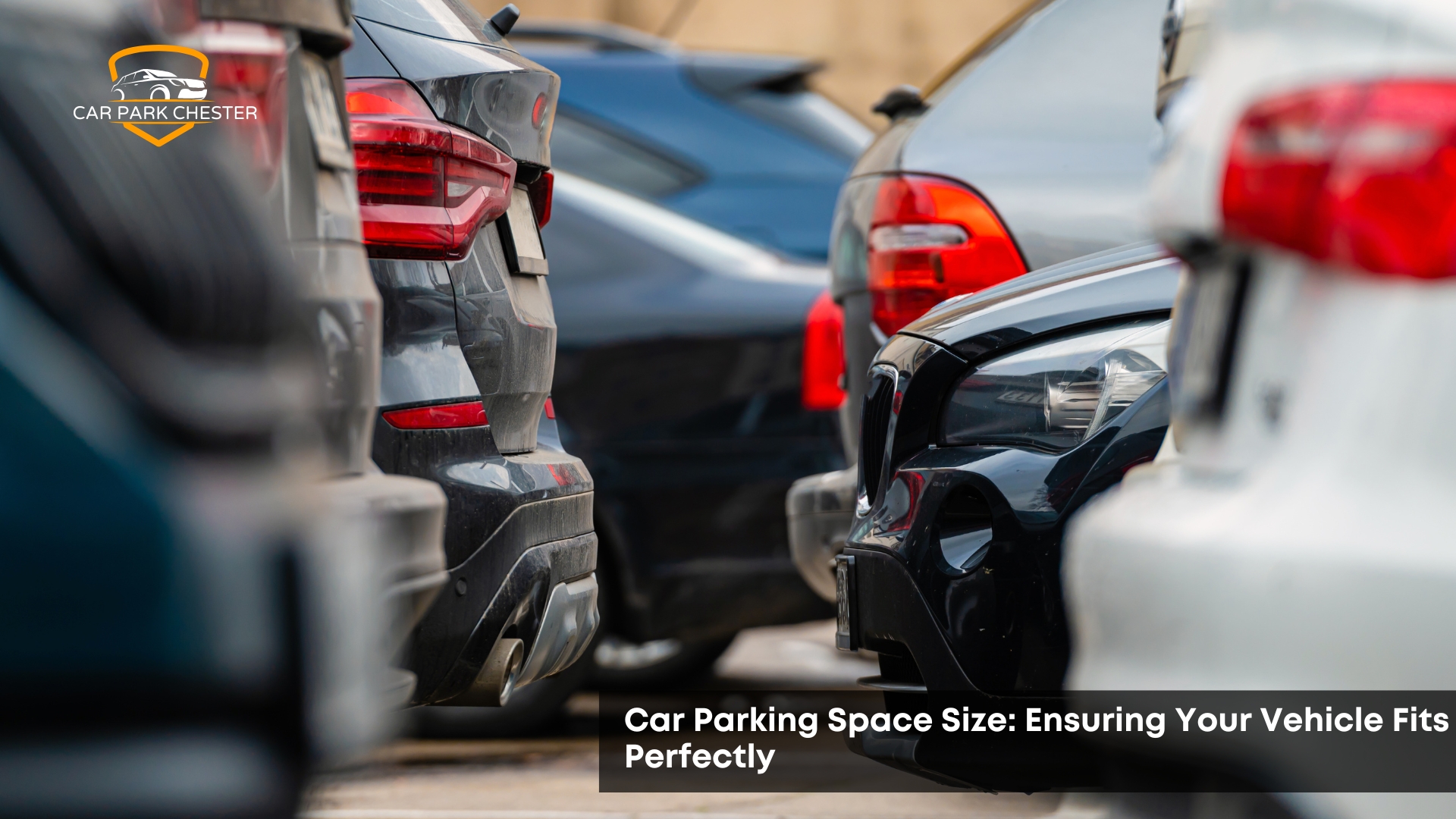Car Parking Space Size: Ensuring Your Vehicle Fits Perfectly
Have you ever squeezed into a tight bay or struggled to open your car door in a cramped spot? The right parking space size at the Car Park Chester is essential for stress-free parking. Whether planning a private lot, designing a commercial car park, or simply curious about the space your car needs, getting the measurements right ensures safety, ease, and comfort. With modern vehicles growing in size and car parks evolving to meet demand, knowing the basics makes all the difference. But just how much space is considered average when parking your car?
What Is the Average Size of a Car Parking Space?
The average size of a car parking space in the UK is about 2.4 metres wide and 4.8 metres long. These car parking dimensions in feet are roughly 8 feet by 16 feet. This average car parking space size is designed to fit most standard vehicles comfortably without crowding adjacent bays. However, as car models vary, this standard may not always meet the needs of every driver. Understanding this helps when reviewing the size of a standard car parking space.
How Big Is a Standard Parking Space?
A standard parking space typically measures 2.4m in width and 4.8m in length, offering a reliable benchmark nationwide. This standard-size parking space is suitable for small to medium-sized cars, providing easy access and exit. Car Park Chester ensures compliance with these dimensions to promote efficient and safe parking. Knowing the width of a standard parking space provides a baseline for assessing other dimensions.
What Are the Dimensions of a Parking Space in Feet and Metres?
The dimensions of a standard parking space in the UK are about 7.9 feet (2.4m) wide and 15.7 feet (4.8m) long. These parking space measurements are essential when designing or choosing a bay for your vehicle. Whether you’re considering the width of a car parking space or the length of a parking space, these figures form the baseline. But do all parking spaces fit within this model?
How Wide Is a Car Parking Space?
A car parking space width is typically around 2.4 metres or approximately 7.9 feet. This width ensures sufficient space for car doors to open while allowing for smooth traffic flow in the parking area. Some modern SUVs and estate cars may struggle in narrower bays, which makes width a critical consideration. That said, how long is a parking space compared to its width?
How Long Is a Parking Space?
Most standard parking spaces are 4.8 metres long or around 15.7 feet. The parking space size is designed to accommodate the average saloon car. However, longer spaces may be needed for estate cars, SUVs or vans. Length is just as crucial as width when calculating the size of a car parking space. Once the dimensions are clear, the next issue is understanding variation.
Why Do Parking Space Sizes Vary?
Parking space sizes vary depending on the location, building regulations, and the type of vehicle expected. Urban parking bays may be smaller due to space limitations, whereas suburban lots or multi-storey facilities allow for more room. Car Park Chester adjusts parking bay sizes to reflect actual vehicle usage. But what regulations apply to these sizes?
What Are the Regulations for Parking Space Sizes?
In the UK, the standard parking space size metric is defined by local planning authorities. Generally, it follows the 2.4m x 4.8m guideline. Accessibility bays require a minimum width of 3.6m, including transfer zones. Knowing the regulations ensures that car park designs and features such as car park bollards meet safety and accessibility standards. But if your car is larger than average, how can you adapt?
What Size Parking Space Do You Need for Large Vehicles?
Large vehicles, such as vans and 4x4s, may require bays that are wider than 2.4m or longer than 4.8m. Some lots offer oversized or dedicated parking spots marked for large vehicles. Understanding the required parking space size can prevent overhangs and encroachment into neighbouring bays. That said, small bays present challenges, too.
What Are the Challenges of Small Parking Spaces?
Smaller parking bays increase the likelihood of scrapes, door dings, and difficult manoeuvring, especially in tight multi-storey car parks. They may not meet the needs of today’s wider cars and SUVs. Parking deals from providers like Car Park Chester recommend reviewing the typical parking space size before entering crowded zones. So, how is the industry adapting to modern vehicle sizes?
How Are Parking Space Sizes Changing with Modern Cars?
As vehicles become wider and longer, some developers now provide wider bays of 2.6m or even 2.7m to accommodate this change. This adjustment addresses the growing disconnect between standard car parking space size and the modern car’s footprint. These shifts are also prompting the need for technological support, so how can technology help?
How Can Technology Improve Parking Space Use?
Smart sensors, mobile apps, and automated car parking systems are helping to optimise space and reduce parking stress. These tools assess the available parking lot space and guide drivers in real-time. Check it out to see how these tools can enhance your experience. With all this in mind, understanding parking space sizes is more essential than ever.


Leave a Reply